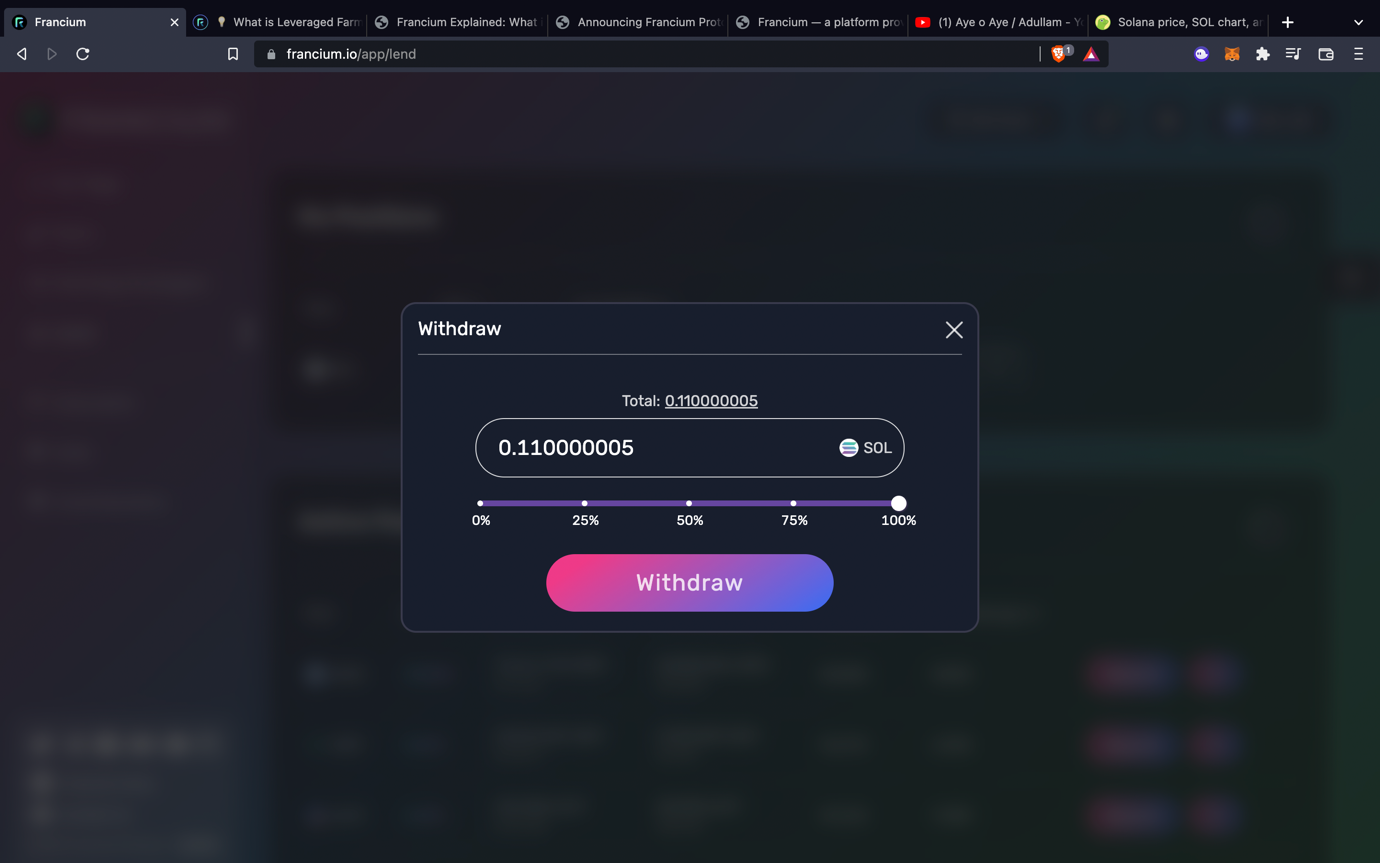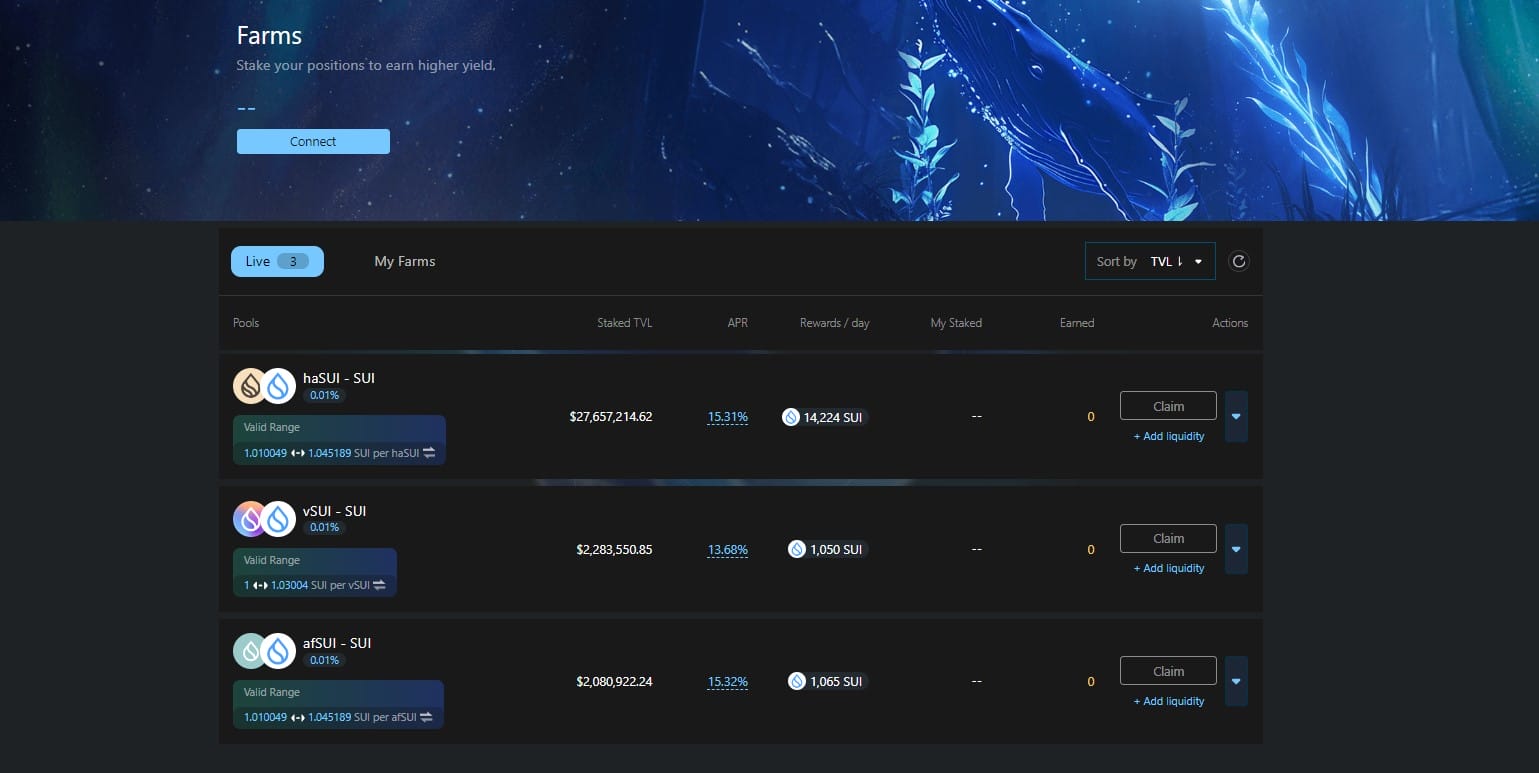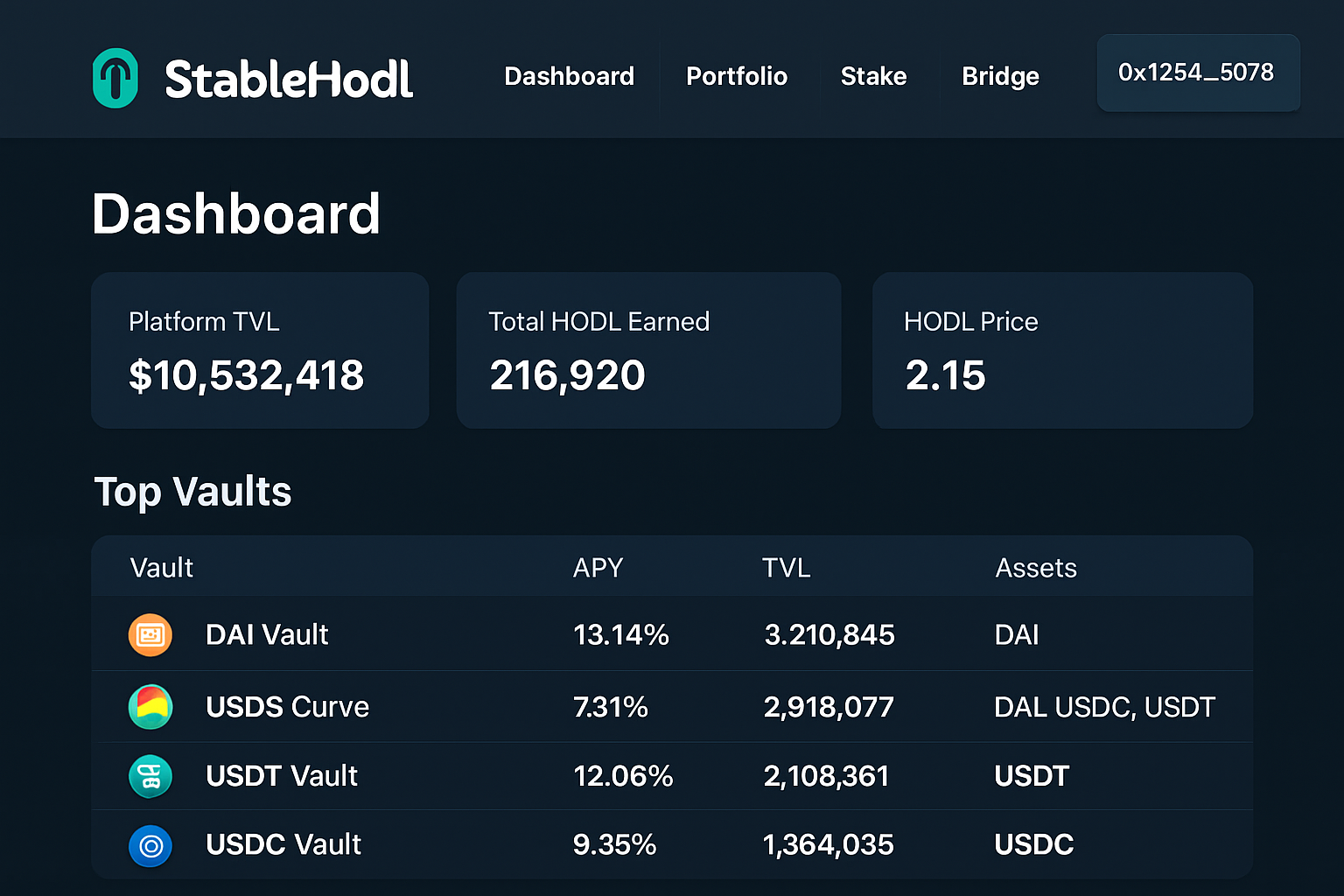Stablecoin Yield Aggregators: Comparing YO, YieldFi, and StableHodl

Stablecoin yield aggregators have rapidly become the backbone of passive income strategies in decentralized finance (DeFi). With the proliferation of stablecoins and a growing appetite for risk-adjusted returns, platforms like YO, YieldFi, and StableHodl are now leading the charge in 2025. Each offers a distinct approach to optimizing yield, transparency, and capital security, making the choice between them less about which is “best” universally and more about which fits your personal risk profile and liquidity needs.

Why Stablecoin Yield Aggregators Matter in 2025
The DeFi landscape is saturated with opportunities – from lending protocols to liquidity pools – but navigating this complexity can be overwhelming. That’s where stablecoin yield aggregators come in. By automatically sourcing the most competitive APYs across multiple protocols or deploying advanced strategies themselves, these platforms streamline the process for investors seeking steady returns without constant micromanagement.
This year has seen a surge in both TVL (total value locked) and user adoption for top aggregators. According to Alchemy’s latest list of 39 DeFi yield aggregators, competition is fierce and innovation is relentless. However, only a select few consistently deliver on safety, transparency, and above-market yields for stablecoin holders. Let’s break down how YO, YieldFi, and StableHodl stack up.
YO: The Meta-Aggregator for Stablecoin Yields
YO positions itself as a meta-aggregator focused exclusively on stablecoins. Rather than locking user funds into one protocol or strategy, YO scans across lending markets, vaults, liquidity pools, and even newer rebasing stablecoins to surface the highest-yielding options at any given moment. This dynamic approach means that APYs can fluctuate depending on market conditions but ensures users are rarely stuck with subpar returns.
The platform’s interface is built for clarity – users can compare yields side by side before committing funds. However, because YO acts as a gateway rather than an asset manager itself, flexibility depends on the underlying protocols selected by each user. This model appeals to advanced users who want optimization without sacrificing control over their assets.
YieldFi: Diversified Strategies with Predictable Yields
YieldFi takes a more hands-on approach to stablecoin yield generation by combining several strategies under one roof: tokenized bonds (bringing TradFi mechanisms into DeFi), DeFi lending exposure, and delta-neutral trading designed to minimize market risk. Its flagship tokens – yUSD and vyUSD – currently offer approximately 10-12% APY.
This blended strategy provides more predictable returns compared to pure farming or arbitrage models. For investors wary of wild swings in APY or opaque risk exposure common elsewhere in DeFi, YieldFi’s structure offers peace of mind through diversification and professional management.
Top 3 Stablecoin Yield Aggregators in 2025
-

YO Yield Aggregator: YO helps users maximize stablecoin yields by aggregating opportunities across lending platforms, liquidity pools, and vaults. It provides a user-friendly dashboard to compare APYs and risk profiles, enabling informed decisions for passive income seekers. Learn more.
-

YieldFi: YieldFi offers stablecoin holders exposure to diversified asset management strategies, including tokenized bonds, DeFi lending, and delta-neutral trading. Its yield-bearing tokens, yUSD and vyUSD, currently provide an APY of approximately 10-12%. Learn more.
-

StableHodl: StableHodl leverages funding arbitrage across crypto exchanges to optimize returns for stakers. It supports BNB Chain, Polygon, Ethereum, and HeLa Network, and issues HLUSD as its native stablecoin. With no lock-in periods and an average APY of 17% (as of July 2025), it emphasizes flexibility and accessibility. Learn more.
StableHodl: High-Yield Funding Arbitrage Across Chains
StableHodl distinguishes itself through funding arbitrage – exploiting rate differences across crypto exchanges while minimizing directional market exposure. Users stake their stablecoins (notably HLUSD) across supported blockchains including BNB Chain, Polygon, Ethereum, and HeLa Network.
The standout feature here is flexibility: there are no lock-in periods or minimum staking requirements. As of July 2025, StableHodl reported an impressive average APY of 17% over the past year on $5 million TVL – among the highest sustainable rates available for mainstream stablecoins today. For those prioritizing accessibility alongside yield potential (especially those who want multi-chain support), StableHodl is hard to ignore.
Still, it’s crucial to understand that higher yield often correlates with higher risk. StableHodl’s robust APY is made possible by sophisticated arbitrage strategies, but these can be sensitive to liquidity crunches or sudden shifts in exchange funding rates. Meanwhile, YieldFi’s diversified approach aims to smooth out volatility, but returns may lag behind during periods of market exuberance. YO’s meta-aggregation gives users the tools to chase the highest rates but leaves much of the due diligence and protocol selection in the hands of the investor.
How Do These Aggregators Compare?
To help you visualize how YO, YieldFi, and StableHodl stack up, here’s a quick side-by-side comparison based on their current strategies, APY ranges, flexibility, and supported blockchains:
Comparison of Top Stablecoin Yield Aggregators in 2025
| Platform | Strategy | APY Range | Flexibility | Supported Blockchains |
|---|---|---|---|---|
| YO Yield Aggregator | Aggregates stablecoin yield opportunities across DeFi platforms | Varies | Depends on underlying platforms | Not specified |
| YieldFi | Diversified asset management (tokenized bonds, DeFi lending, delta-neutral trading) | ~10-12% | Not specified | Not specified |
| StableHodl | Funding arbitrage across crypto exchanges; rewards with HLUSD | Up to 17% (avg. 17% over past year) | No lock-in periods; no minimums | BNB Chain, Polygon, Ethereum, HeLa Network |
This overview highlights that there’s no one-size-fits-all solution. For hands-on optimizers who want maximum control over where their stablecoins work hardest, YO is the go-to. For those seeking a more passive experience with professional management and predictable yields, YieldFi stands out. And for users willing to accept additional risk for a shot at higher returns with ultimate flexibility across chains, StableHodl leads the pack.
Community Sentiment and Transparency
The DeFi community has become increasingly discerning about transparency and protocol safety. Platforms like YO have gained traction on social channels for their open methodology in sourcing yields. YieldFi receives praise for its detailed risk disclosures and regular audits, qualities that resonate with institutional-grade investors as well as retail participants. StableHodl’s growth has been driven largely by grassroots support among multi-chain stakers who value both high returns and withdrawal flexibility.
Key Takeaways for 2025 Yield Seekers
If you’re considering deploying capital into a stablecoin yield aggregator this year:
- Assess your risk tolerance: Are you comfortable with arbitrage-driven volatility (StableHodl) or do you prefer diversified stability (YieldFi)?
- Consider your liquidity needs: Do you require instant access to your funds (YO/StableHodl), or are you willing to accept potential lock-ups for higher or more predictable yield?
- Diversify where possible: Many experienced DeFi users split allocations across multiple platforms to balance risk and reward.
- Stay updated on regulatory changes: As stablecoin frameworks evolve globally in 2025, ensure your chosen platform maintains compliance, especially if based in major jurisdictions like the US or EU.
The bottom line: The rise of specialist platforms like YO, YieldFi, and StableHodl reflects both growing sophistication among DeFi investors and intensifying competition among protocols vying for your stablecoins. By understanding each aggregator’s unique value proposition, and matching it against your own financial goals, you can tap into some of the most compelling passive income opportunities available today.







